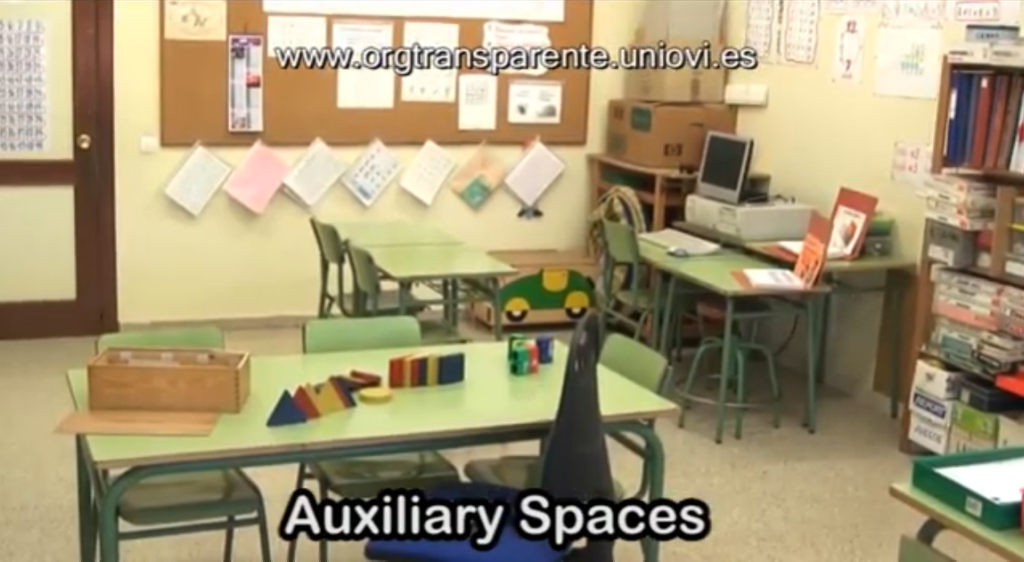Teaching materials, educational resources or teaching aids, are a variety of materials and tools that can be used in various subjects and are used as learning aids.
Generic didactic materials are used in different subjects according to the needs of the curriculum being taught.
They can be intended for student or teacher use, and in this case they belong to the educational centre that obtains them either by donation from the administration, the city council or some other company or organization, or by purchase with the economic resources allocated for this purpose.
The basic educational materials for the teacher are the blackboard -traditional or digital- or the equivalent that allows him/her to show in a graphic way the contents taught. On the other hand, students use a notebook or similar support to write down the teacher’s explanations.
Books are the materials most used by students. Normally, students have these texts at their disposal according to the centre’s choice among those offered by the publishing houses, once their advantages and limitations in the illustration and support of the subjects taught by the teacher have been analyzed and assessed. It is up to the didactic coordination bodies of the public centres, in the exercise of pedagogical autonomy, to adopt the textbooks and other materials that they consider most convenient for the different teachings.
The textbooks must follow the guidelines established by law, and the teacher must then adapt their contents to the needs and activities for each course. They are required to be scientifically rigorous and appropriate to the age of the students, the curriculum and the regulations in force and the values contained in the Constitution, in the case of Spain.
Currently, the computer support offers many digitalized didactic resources and through the Internet. The supervision of the curricular materials falls on the inspection exercised by the educational Administration.
Related videos:
Questions
Please answer the following questions in the space below. You can answer in any language and the questions you want.








It’s important to understand the different types of educational materials and resources available for both teachers and students. These materials can be obtained through various means such as donation, purchase, or allocation of resources.
The basic materials for teachers include the blackboard, whether traditional or digital, which allows them to visually represent the content being taught. Students typically use a notebook or other writing material to record the teacher’s explanations.
Books are the most common material used by students, and the choice of textbooks is usually made by the educational center based on the recommendations and assessments of publishing houses. Textbooks must follow guidelines set by law and be scientifically accurate and appropriate for the age and curriculum being taught.
In today’s digital age, there are also many computer-based resources available for teaching and learning. It’s important for educators to adapt to these new resources and utilize them effectively.
Ultimately, it is the responsibility of the educational administration to ensure that all curricular materials meet the necessary standards and guidelines. As a future educator, it will be your responsibility to choose and utilize the most appropriate materials for your students to ensure their success in learning.
With this video we can different types of materials that teachers have for preparing and giving their classes to their students.
Great demonstration of different teaching materials used in Spanish schools.
This video is very useful in order to learn which are the basic didactic materials here in Spain.
Czech Republic